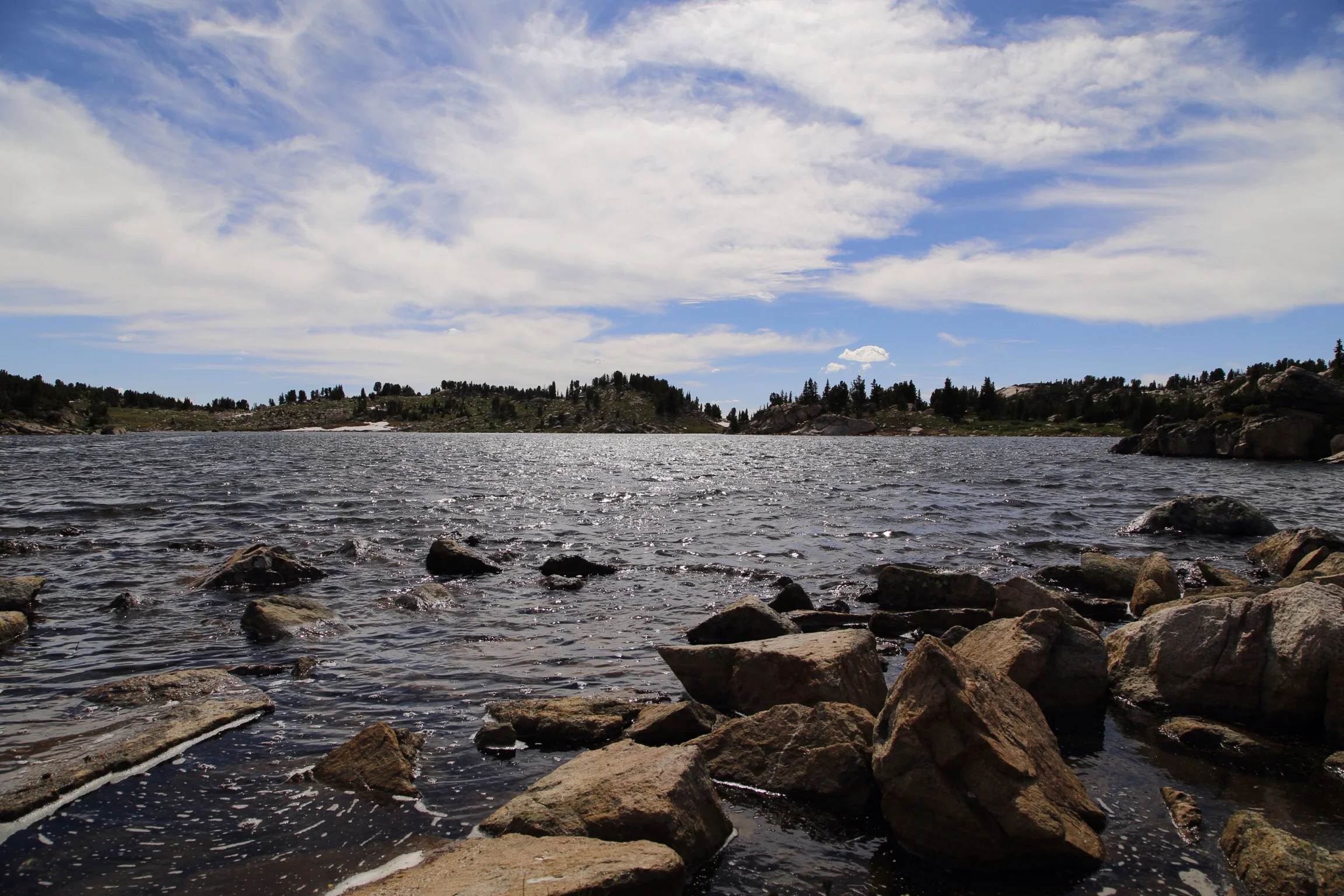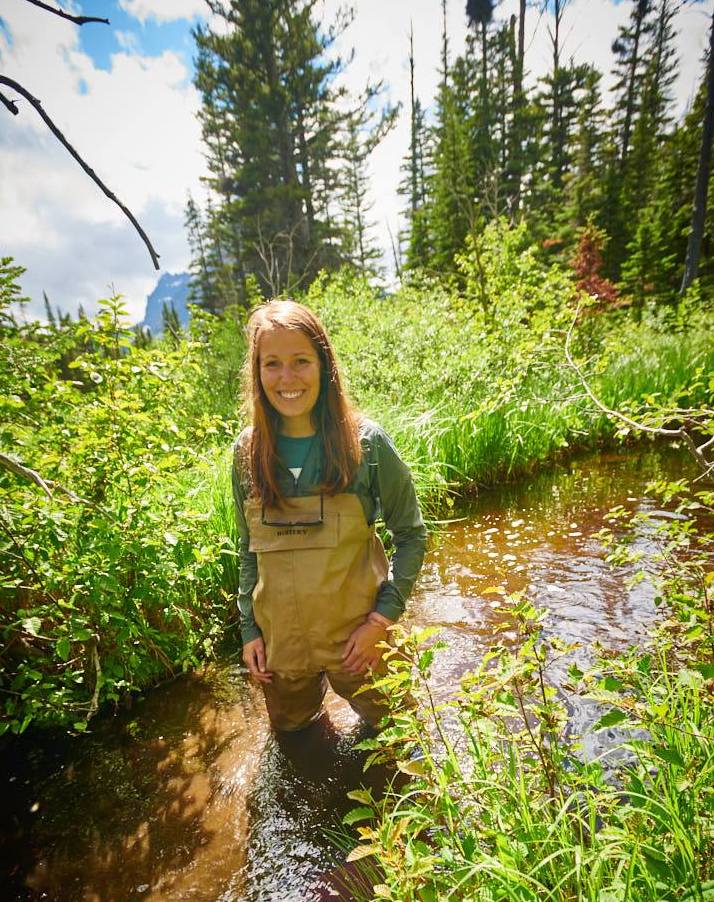Leah joyce
The influence of beavers on amphibian parasite dispersal in Glacier National Park
The chytrid fungus, Batrachochytrium dendrobatidis, is a microscopic, aquatic parasite implicated in the current devastating amphibian population declines documented across the globe. Spread through contact with spores in the water or skin-to-skin contact, the fungus infects the skin of amphibians without obvious signs of infection. The most common way to test for the fungus is through swabbing amphibian skin then detecting the fungus DNA in a laboratory, however, water filtration methods are being developed to detect this fungus in the water and in the absence of amphibians.
Leah Joyce is a graduate student in Winsor Lowe's lab at the University of Montana. Her research focuses on chytrid fungus dispersal across the changing hydrology and habitats of beaver-engineered ponds and beaver-less ponds in Glacier National Park. With help from the Montana Water Center, Leah is using water filters to understand how changes in hydrology due to beavers may affect chytrid fungus spore dispersal in the water, and infections in amphibians. She will be comparing water filtration methods to detect chytrid fungus to the traditional skin swabbing method.

